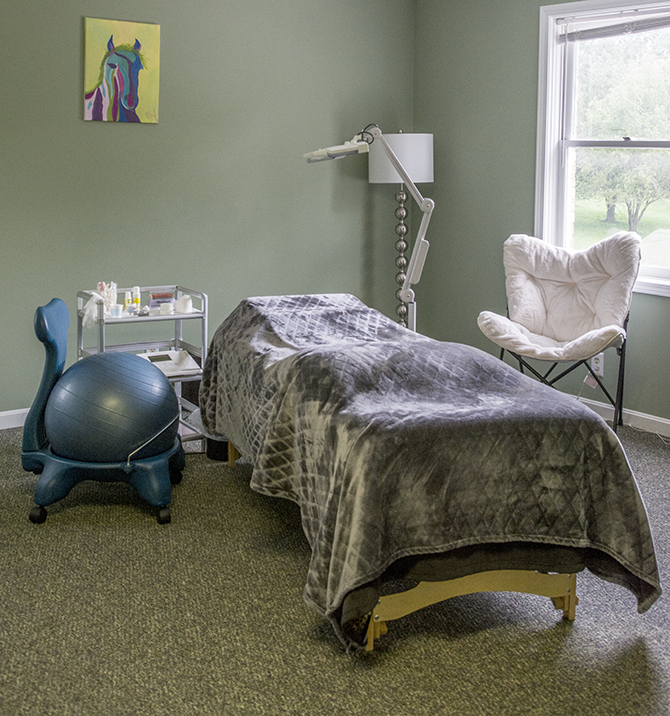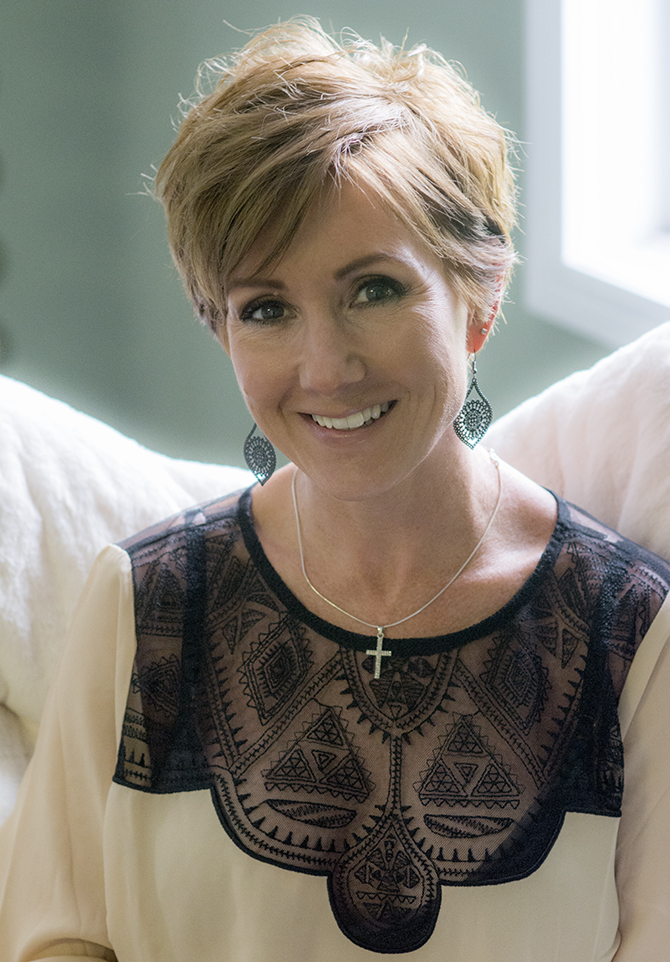By Alissa Hicks
To most people, getting permanent makeup is either the scary image of tattooing on eyebrows or the luxurious thought of lasting, precise eyeliner. But this local esthetician answers your questions.
Yvonne Hubrich, licensed esthetician and owner of Polished Beauty & Permanent Makeup has been applying permanent makeup for the past eight years. We went to her to get all the details about the procedures.
First, we have to know — does it hurt?
“Most clients say it tickles or even itches slightly. We numb the area before and during. It’s not like getting a tattoo at all. We use micro needles to apply pigments that are specifically measured and detailed beforehand. The healing process is very minimal. You might experience small amounts of tenderness.”
 |
| Yvonne uses this room for her clients when doing makeup application. Photos by Melissa Donald |
How safe is it?
“Everything we use is hypoallergenic. It is not ink- or dye-based, and it is MRI safe. All of our pigments and tools are made specifically for the face and are very safe. We stabilize the skin and go very slowly and make sure it is all very precise. It’s just like putting on makeup, but it lasts a lot longer.”
 |
| (L-R) Yvonne explains the procedure to her client then applies the numbing gel followed by the dye. The numbing begins after 15 minutes. |
How long does it take?
“It takes about two hours for most areas. It doesn’t last forever, though. You will need touch-ups over time. Skin sheds, and also UV exposure will make the color fade slightly. Lips do take longer because of the extremely soft tissue, so you have to work in stages.”
To what areas do you apply permanent makeup?
“Our services include eyeliner, 3D hairstroke for brows, lip liner, lip feathering, full lip color, camouflaging for scarring or evening out skintone, and SMP hair transplant scar camouflage.”
 |
| The right eye shows the permanent makeup. |
What is the most popular service people choose to have done?
“Brows and eyeliner are definitely the most common. For the brows, we use a hairstroke technique to make it look as natural as possible. However, I mainly do a lot of corrective work. This is not just a luxury thing people do. People who have been in accidents, have been burned and scarred badly, or have had an illness or hair loss from cancer are the majority of my clients. That is where the skin camouflaging comes into play. Acne scarring is also something we help to conceal and correct.”
Do you have any tips for a newbie?
“Do your homework and your research beforehand. The creative part is just as important as the procedure part. It’s not just a fad — we want to make sure to do what looks best for the client long-term. We also have to look at bone structure, color, and the natural shape of the face. Pretty much all the rules for putting on temporary makeup apply to permanent makeup.”
Do you prefer wearing permanent or temporary makeup? Here’s another idea you can try for giving your face a more dramatic look.





